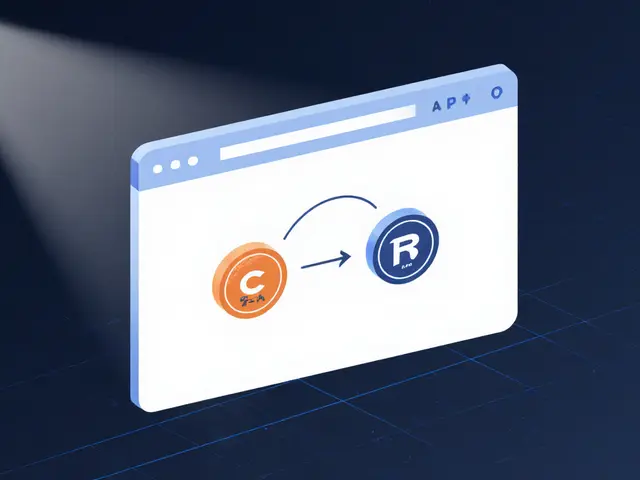Crypto Yield: How to Maximize Returns in DeFi
When working with crypto yield, the practice of earning passive income from crypto assets through staking, lending, or liquidity provision, also known as crypto yield farming, investors are looking for ways to grow their holdings without constant trading. Boosting crypto yield often starts with understanding the core methods that generate returns. One popular method is liquid staking, a service that lets you lock tokens to earn staking rewards while keeping them tradable on secondary markets. Another key player is DeFi lending, platforms that let you lend crypto to borrowers in exchange for interest payments. Both of these approaches shape the broader picture of crypto yield, and they connect directly to the concept of liquidity mining, where providers earn extra tokens for supplying assets to decentralized exchanges.
Key Concepts to Boost Crypto Yield
To get the most out of crypto yield, you need to blend several techniques. Yield farming pulls together liquid staking, DeFi lending, and liquidity mining into a single strategy. The idea is simple: you move assets into the highest‑earning pool at any given time, then shift them when a better APY appears. This requires keeping an eye on market rates, gas fees, and the risk profile of each protocol. For instance, a liquidity mining program on a DEX may offer a 200% APY, but the token could be highly volatile and the smart contract might have unaddressed bugs. In contrast, a well‑audited liquid staking service could deliver a steady 5‑7% reward with minimal risk, because the underlying blockchain secures the staked tokens.
Another layer is staking pools, collectives where many users combine their tokens to increase the chance of validating blocks and earning rewards. Pooling amplifies returns by reducing the variance that a single validator would face. However, pool operators usually take a small commission, so you must weigh that cost against the benefit of higher consistent payouts. Meanwhile, liquidity mining incentives, extra token rewards that protocols distribute to users who provide liquidity to their markets can turn a regular liquidity provider into a high‑yield participant. The trade‑off here is impermanent loss: when the price of the paired assets diverges, you may end up with less value than if you simply held the tokens.
All these pieces—liquid staking, DeFi lending, staking pools, liquidity mining, and yield farming—form an interconnected web. Understanding how they influence one another helps you decide where to allocate capital for the best risk‑adjusted return. In the articles below you’ll find deep dives on specific coins, exchange reviews, and regulatory updates that affect where and how you can earn crypto yield today. Armed with this overview, you can pick the strategies that fit your risk tolerance and start stacking passive income from the crypto world.
BounceBit (BB) Explained: Definition, How It Works, and Yield Opportunities
Discover what BounceBit (BB) is, its CeDeFi tech, tokenomics, staking options, and how to earn Bitcoin‑based yields.
View More




